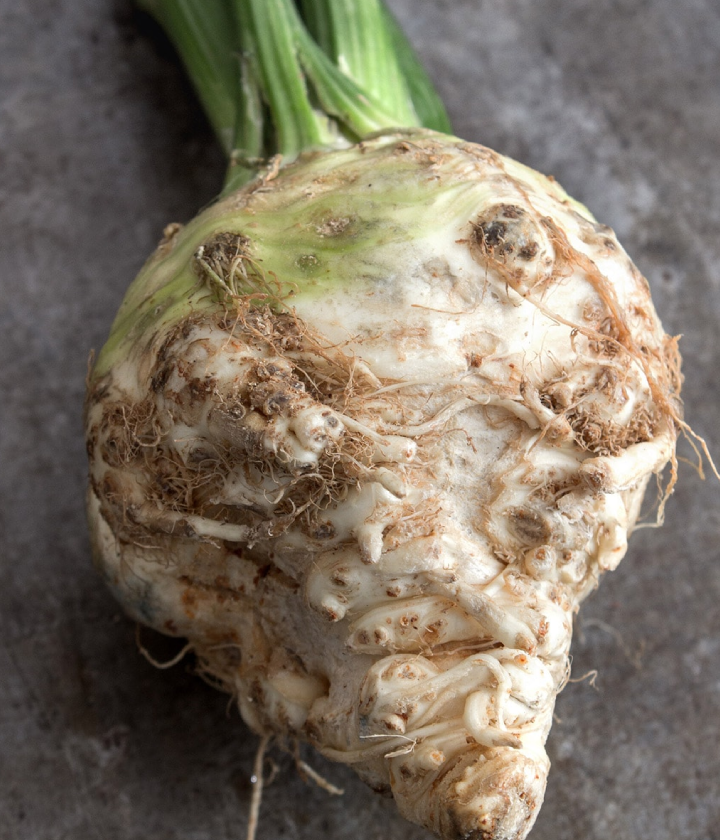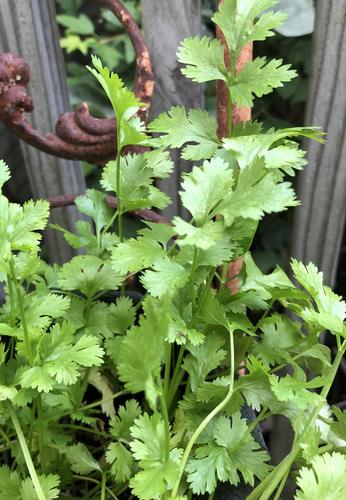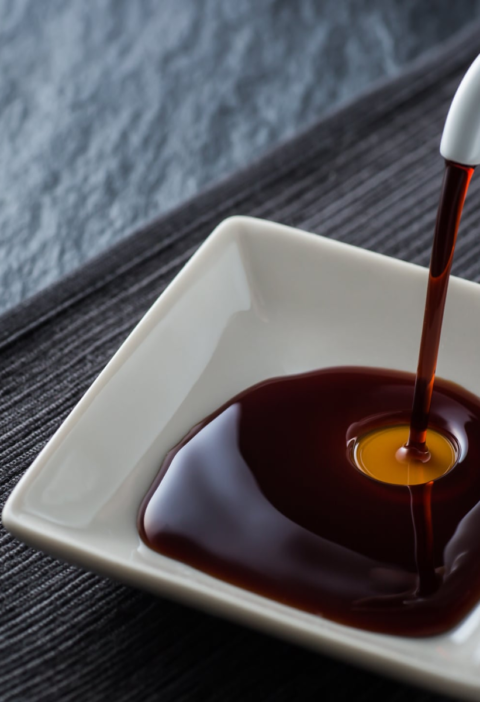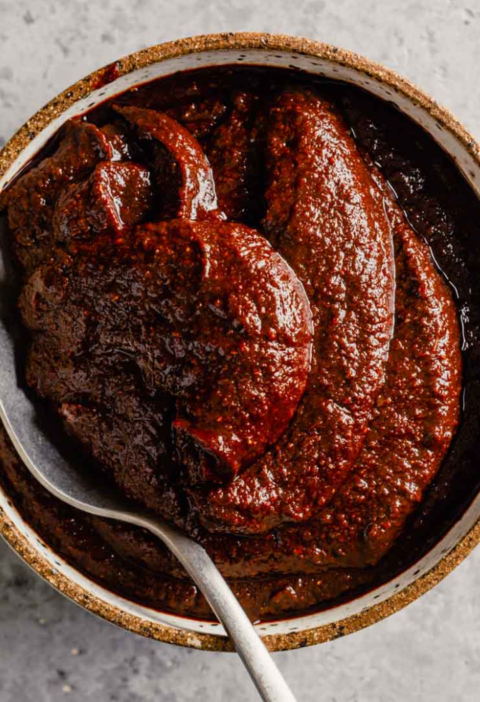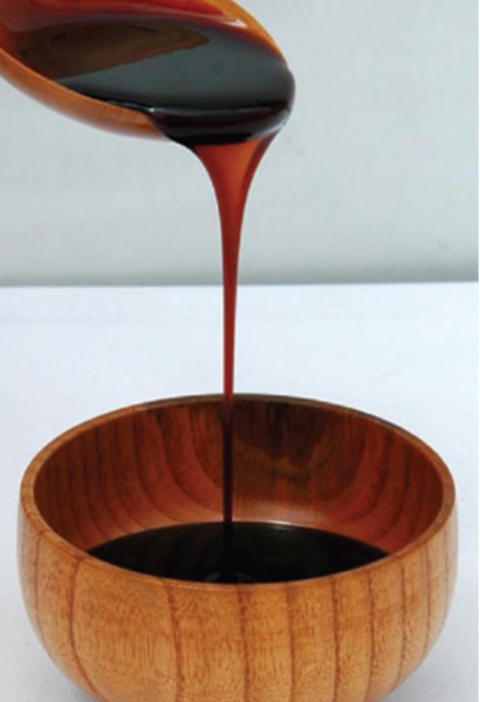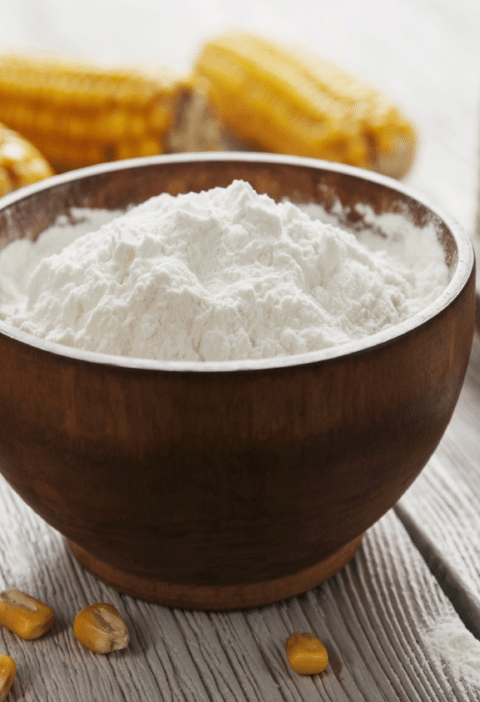Celeriac is a root vegetable that has a unique flavor as well as texture. It can be used in many recipes such as soups, stews, and baked vegetables. Celeriac is a good source of vitamins and minerals. If you run out of this main ingredient, you can use a celeriac substitute. Before using its substitute, you must have to know what is celeriac and what type of vitamins and minerals it provides.
Table of Contents
What is Celeriac?
Celeriac is basically a bulbous root that has a starchy and sweet flavor. It has green stems similar to your average celery sticks. Celeriac has its own plant, it doesn’t belong to the celery plant. Celeriac is rich in nutrients as well as has some health benefits that we have described down here.
Nutrient Profile of Celeriac:
- Calories: 66
- Fat: 0.5g
- Sodium: 156mg
- Carbohydrates: 14g
- Fiber: 2.8g
- Sugar: 2.5g
- Protein: 2.3g
- Vitamin K: 64mcg
Health Benefits of Celeriac:
- Celeriac improves digestion.
- It supports bone health.
- Celeriac may offer anti-cancer properties.
- It also cells damage.
What can I Substitute for Celeriac?
If you don’t find celeriac easily at your grocery store, you can choose its substitutes which can be easy to find or available around you. You just have to choose any substitute that is available in your pantry/refrigerator/kitchen. Using a substitute for celeriac won’t ruin the recipe, but helps give a similar flavor and texture. Here, we have explained every substitute so that it will be helpful for you to choose the right one.
1. Carrot:

Carrot is a widely known vegetable and is easily available in the market. They not only come in traditional orange colors but also in different varieties of colors. Carrots have similar consistency and texture to celery roots. This vegetable needs to be cooked in the same way as celeriac to get the sweet flavor. We suggest using celery leaves, celery salt, and parsley to enhance the flavor and make it more aromatic.
2. Jicama:
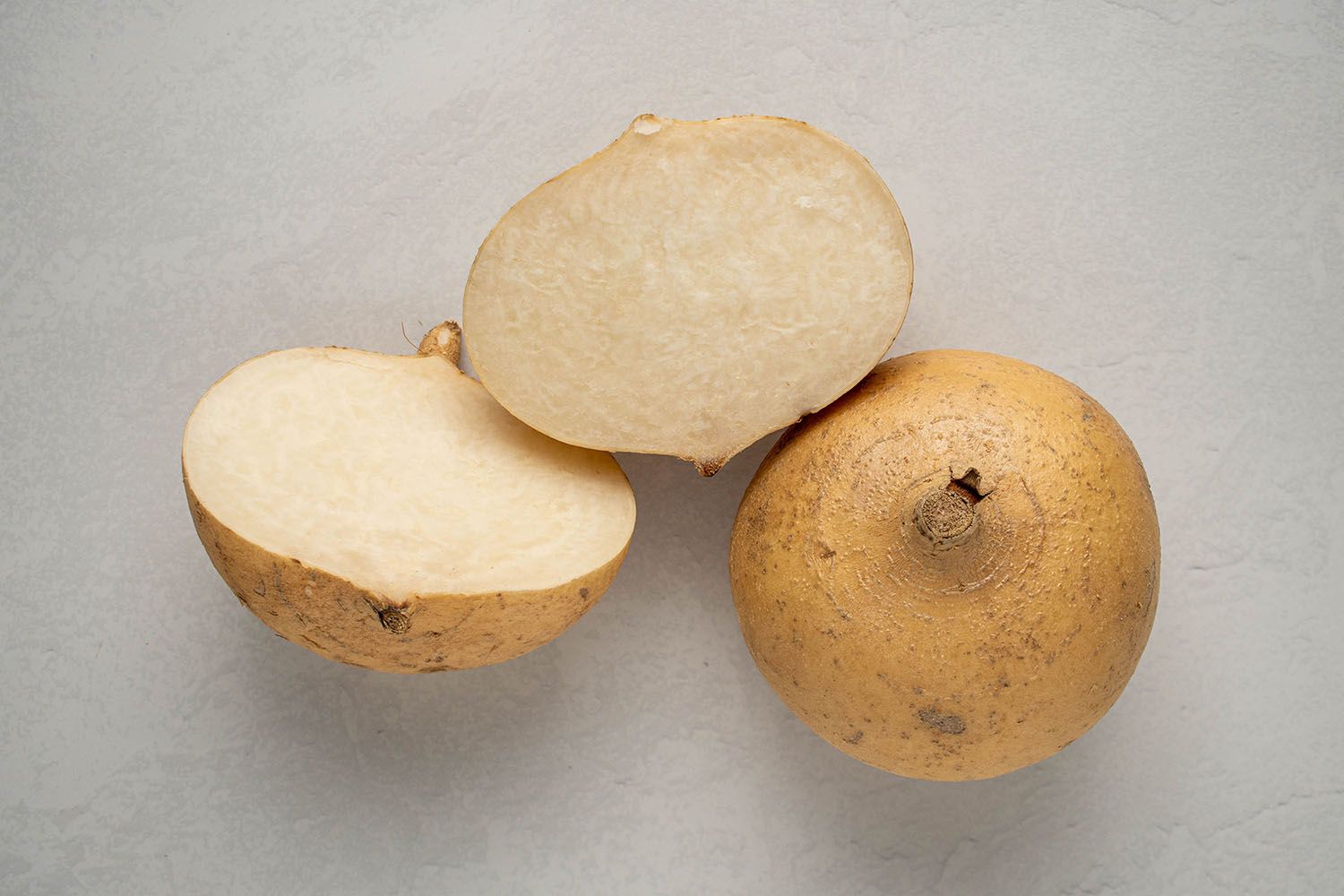
Jicama is a kind of root that looks similar to the celery root. It is the best celeriac replacement when you use it in a salad recipe. Its sweet and crunchy texture works well with Jicama and contains lots of water so it’s better not to overcook it. You should maintain the quantity of jicama the same as celeriac in a recipe.
3. Celery Seeds:
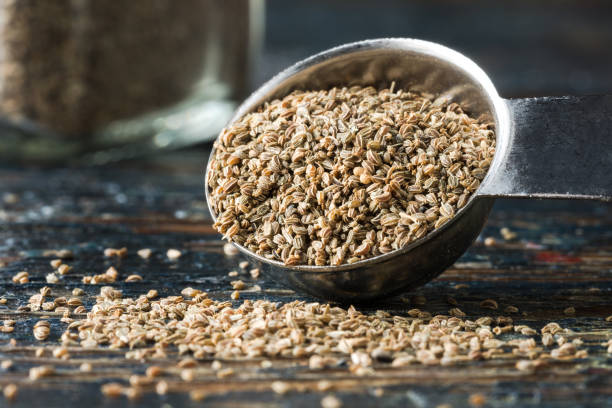
Celery seeds are obtained from wild celery plants. They have a rich flavor that makes them a good substitute for celeriac. The flavor of celery seeds is far more similar to celery and celery stalks. We suggest taking 1 teaspoon of celery seed to replace an average size of 2 celery roots. Celery seeds don’t have the same nutritional value as celeriac, but you may get the earthy flavor of celery root.
4. Parsnip:
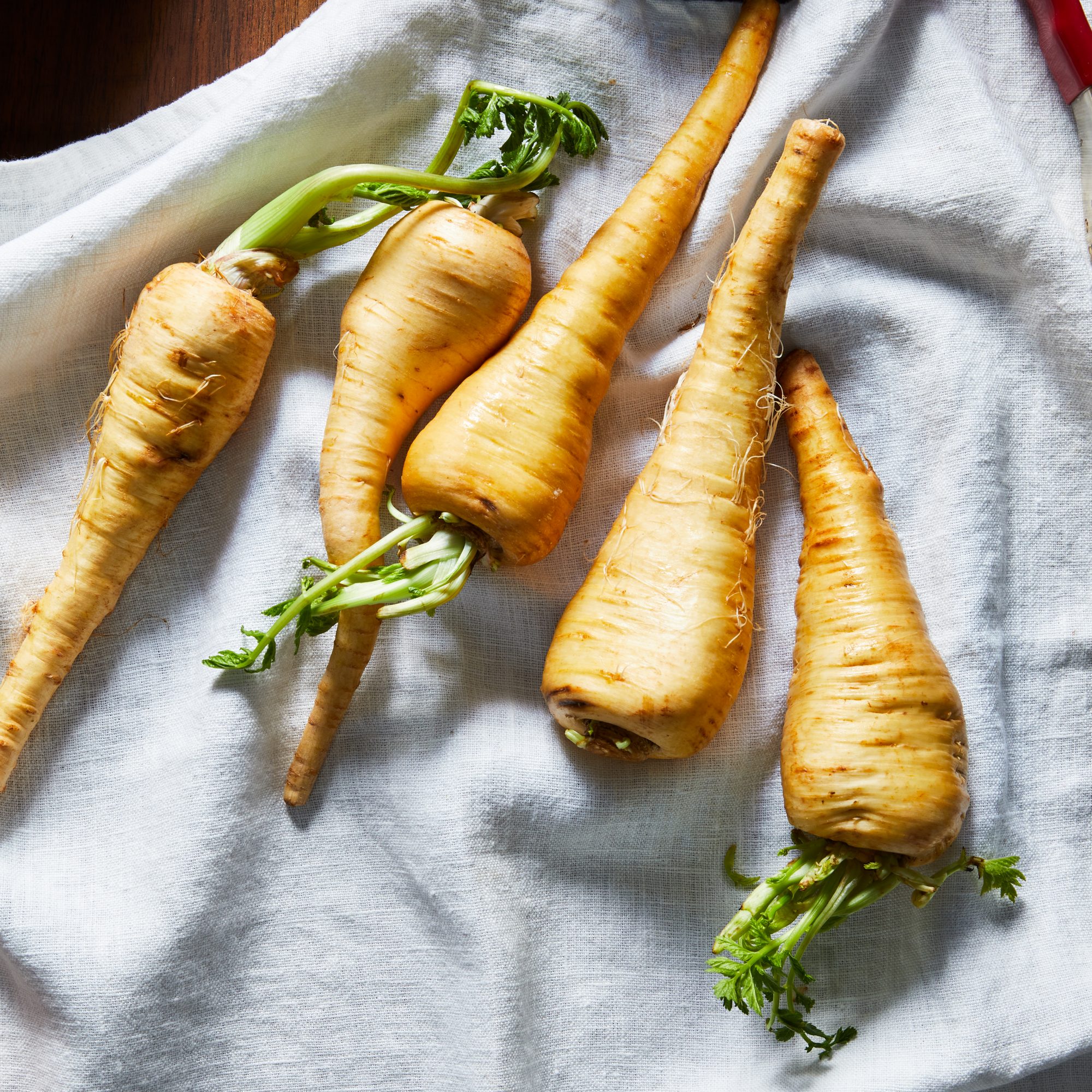
Parsnip is far more similar to parsley roots in appearance. It is mostly used in recipes that rely on veggies, but you can also use it in soups, stews, and baked vegetables. You just have to maintain the ratio of 1:1 to replace celeriac. It will add some sweetness to your recipe, you can balance the sweetness by adding some pinches of salt.
5. Celery Ribs:
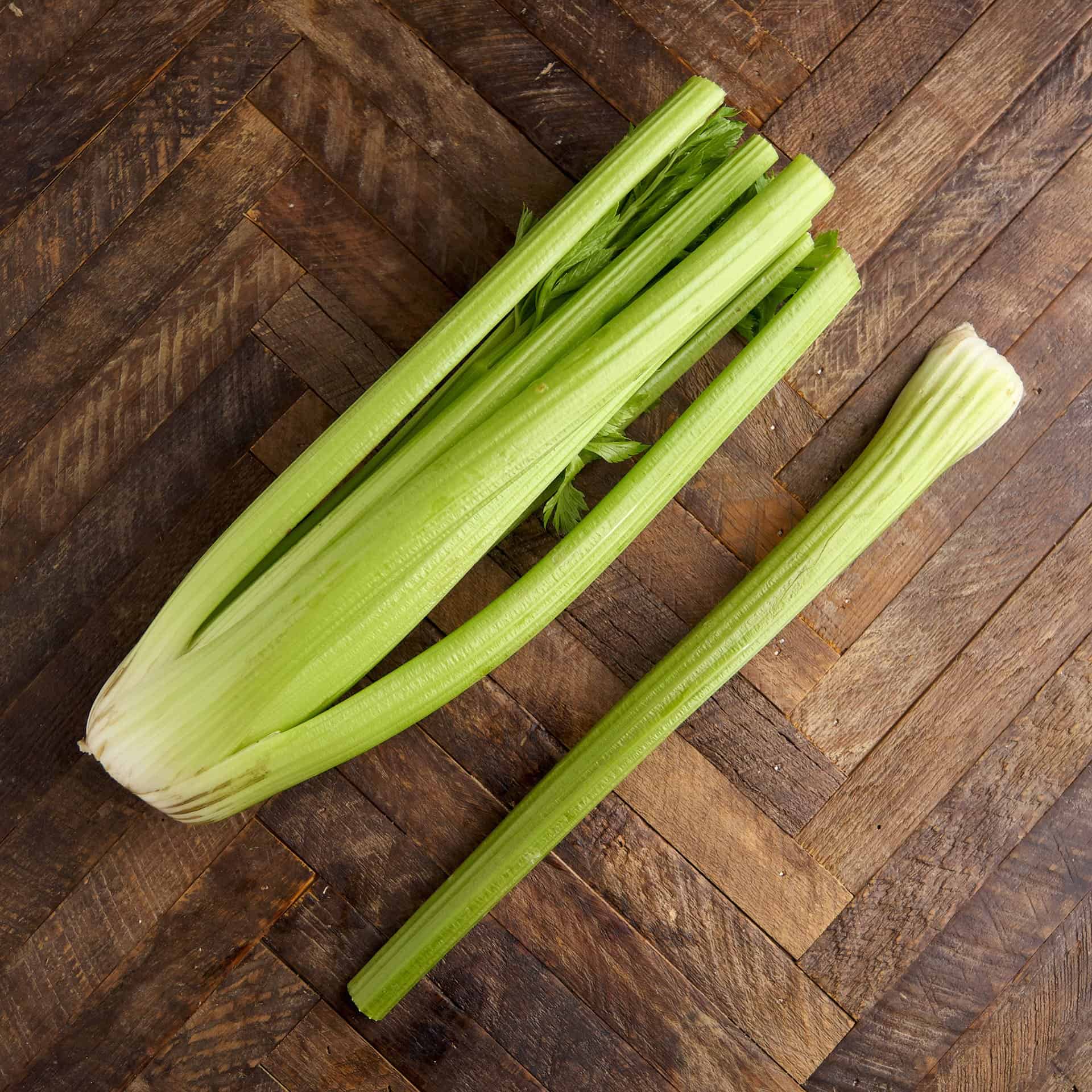
Celery Ribs are different parts of the same vegetable. They are crunchy and have a similar flavor to the celery root. Keep in mind before using this substitute in your recipe that it doesn’t have the same starchy consistency as celeriac. If you are cooking a recipe that calls for mashed celery root will not work well with celery ribs, while a soup with cubed celery root would work fine.
6. Pumpkins:

Whenever I see pumpkins, it always reminds me of the thought of Halloween decorations. Pumpinks have a different taste when compared to celeriac, but they can be used in the same ways. You can use pumpkin in stews, pureed, and baked recipes. Pumpkins cook faster than celeriac, you can add pumpkin after your whole dish is cooked 50% before finishing cooking.
7. Celery Salt:
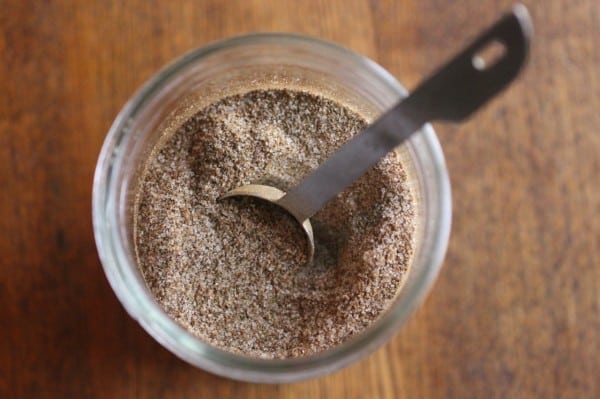
Celery salt has a sharp taste and gives some extra flavor to a recipe. You can make celery salt by yourself. You just have to gather celery leaves and roast them and grind them after completely cool and add salt in the end. You can add celery salt to any recipe including soups and stews to enhance the flavor. It’s better to add celery salt to the pot when cooking and let the flavors come together.
8. Parsley Roots:
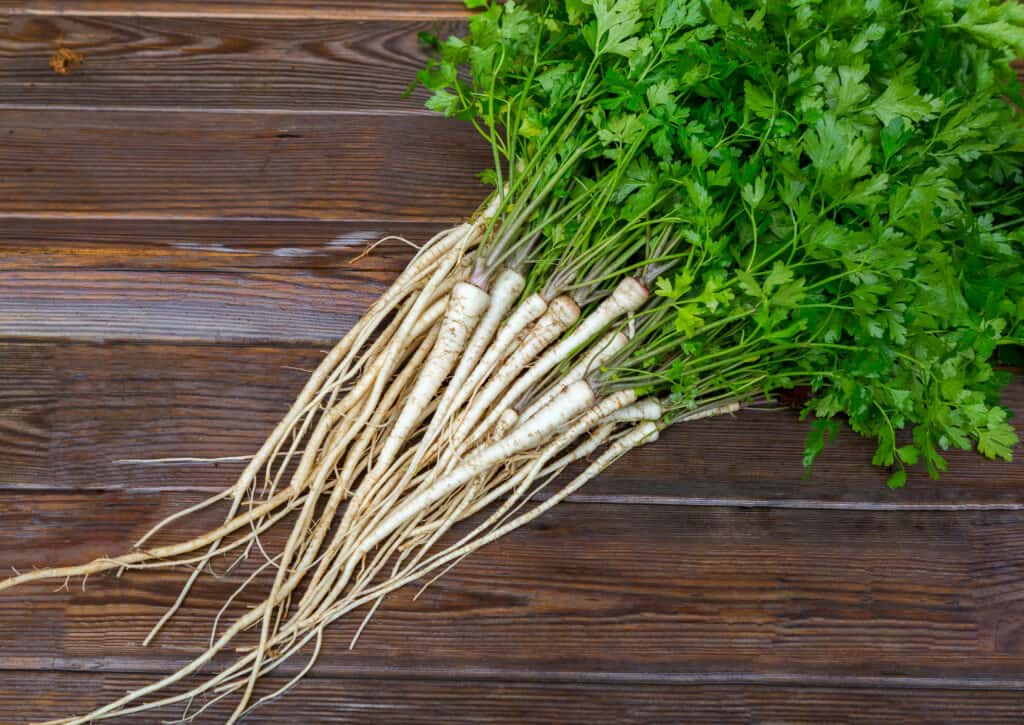
Parsley roots are known for their fluffy green leaves. These roots are found in white to off-white colors. It resembles the parsnip, but both are different. Parsley roots add a similar texture and flavor to the recipe just like celeriac. The flavor might be dominating so take a lower quantity to avoid ruining the whole recipe.
9. Turnip:

Turnip is similar to celeriac in terms of texture and flavor. Turnips can be added whole or diced. The leaves of the turnip can be added to a recipe to enhance the flavor. Turnips are easily available in grocery stores. The turnip roots themselves have their own mild flavor which is enhanced by the ingredients making it different from celeriac in terms of intensity of flavor.
10. Kohlrabi:
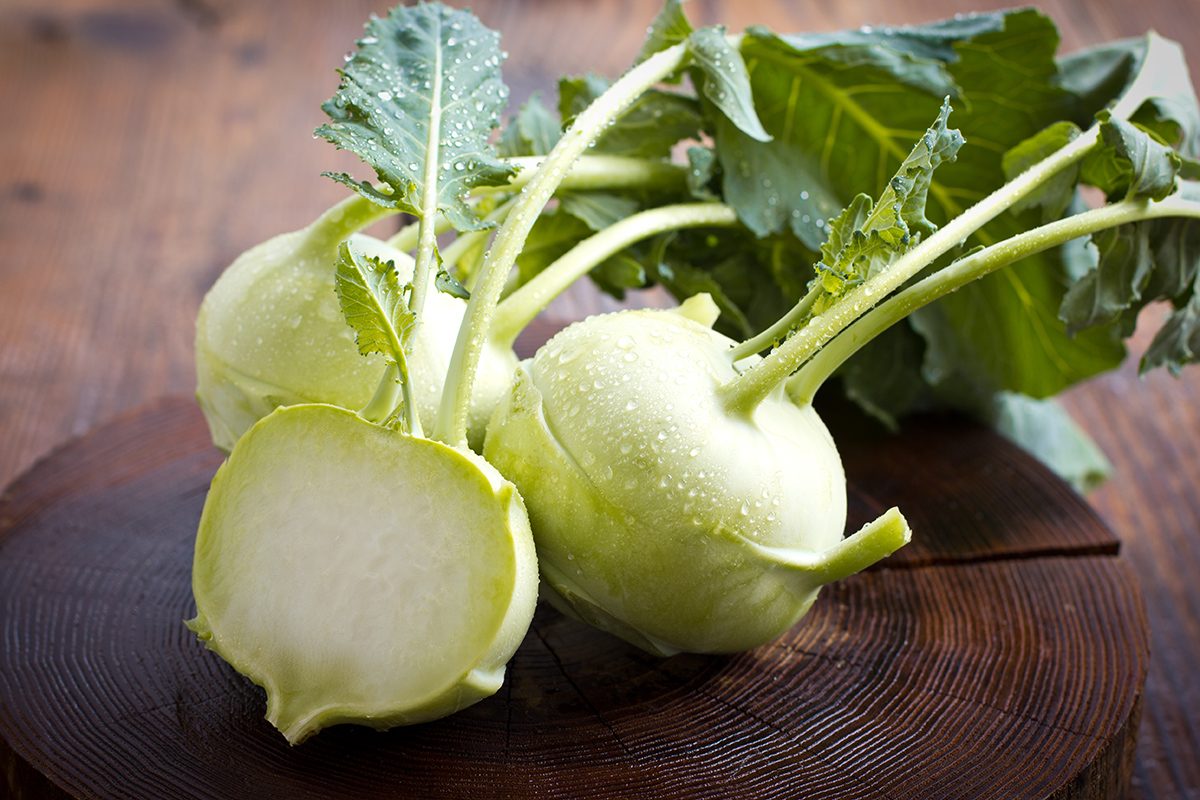
Kohlrabi is crispy and firm when eaten raw, but it will have the same consistency when cooked. The taste of this root vegetable is similar to the cabbage, but its color and texture mimic the celeriac. It’s one of the best celeriac alternatives in a recipe. It can be eaten raw or cooked. You can maintain the same cooking time and enjoy the taste of kohlrabi in a recipe.
11. Potato:

Potatoes are an easily available substitute in every kitchen. Usually, they are used along with celeriac in dishes like stews and soups. The taste and color of potatoes are different compared to celeriac so don’t expect your final dish to look or taste the same. Potatoes work really well as an alternative to celeriac when you add some parsley leaves, celery seeds, or celery salt to make your dish taste like celeriac.
12. Fennel Bulb:
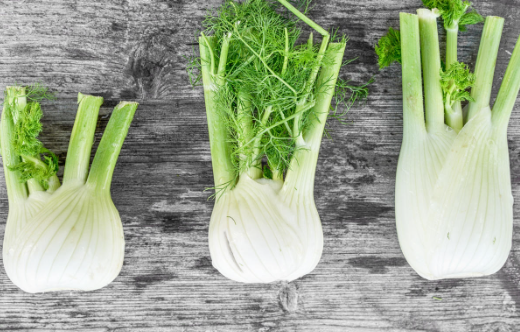
Fennel Bulb can also be used as a good replacement in recipes that calls for celeriac. It tastes similar to celeriac when you eat it raw or cooked. Fennel Bulb is not starchy as celeriac, so it will not thicken up a puree or soup. If you want to thicken up a soup or puree using a fennel bulb, you’ll need to add a starchy vegetable. We recommend using the same amount of fennel bulbs in salad preparation instead of celeriac, for mash and stews you can use a half cup of fennel bulbs for every cup of celeriac.
13. Rutabaga:
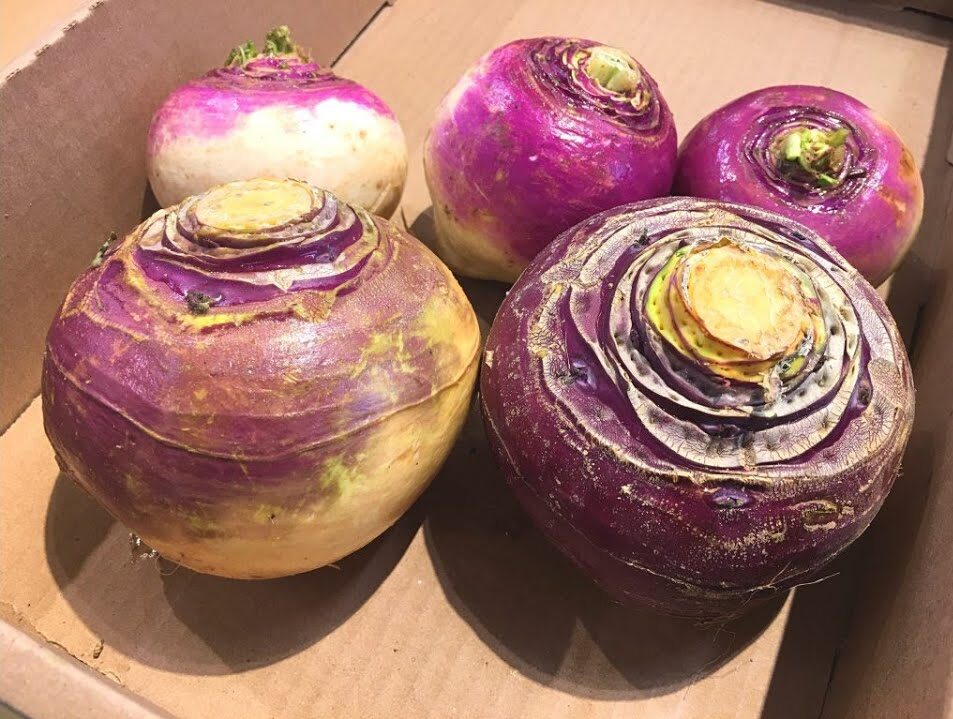
Rutabaga is a very common vegetable. It looks like a turnip. Many people love to eat Rutabaga. The flesh of Rutabaga is yellowish in color, but milder in taste and the texture is far more similar to celeriac. This vegetable can be eaten raw or cooked. It tastes sweet when eaten raw, but gives a bitter taste with a peppery flavor when cooked. The other name of Rutabaga is the Swedish turnip.
If you want to overpower the flavor of your recipe/dish, you can add parsley or celery salt along with Rutabaga.
14. Daikon Radish:
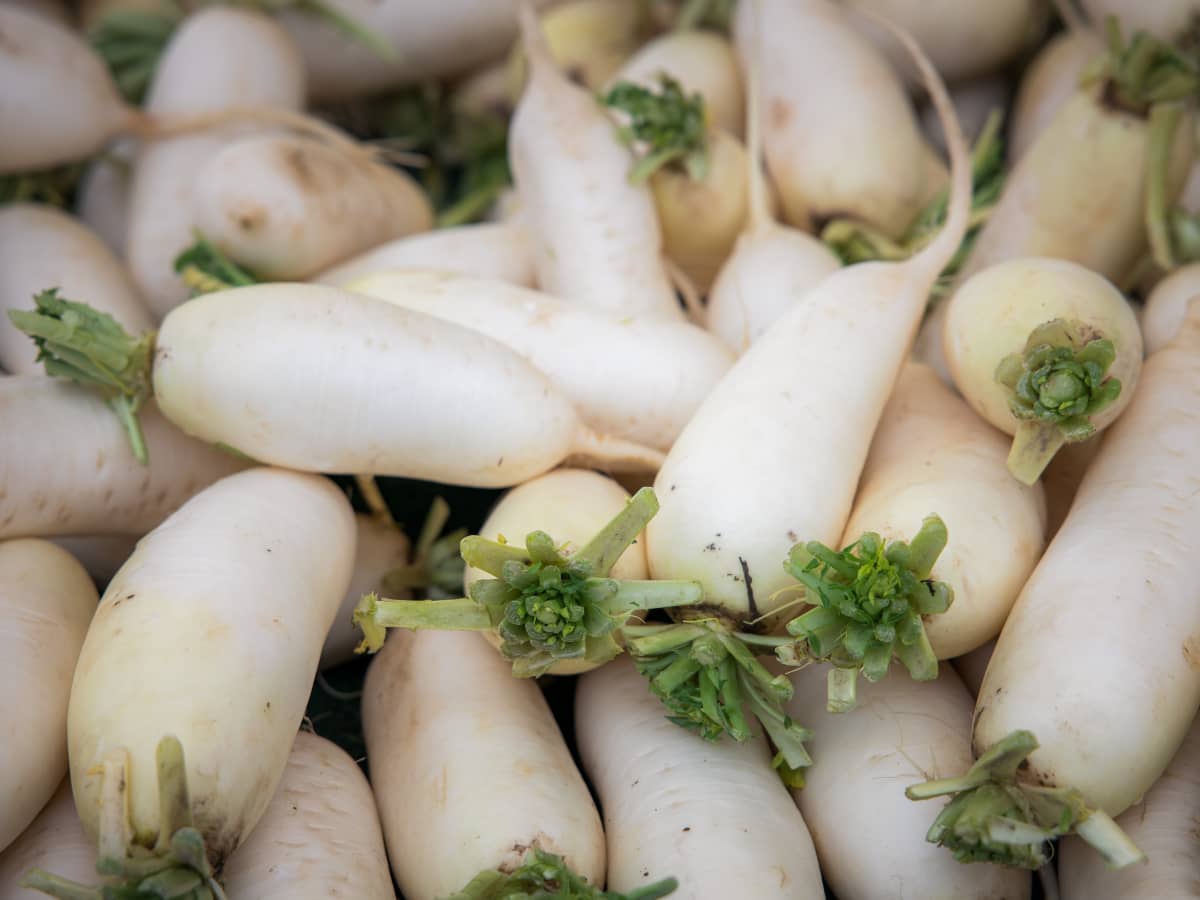
Daikon Radish looks similar to the white carrot or parsnip. It has a mild flavor and crunchy texture, unlike the raw celeriac. Daikon Radish goes well with salad recipes and meals with meat. It can be panned or stir fry to add crispiness to your veggies. Daikon can be mashed and pureed, but it doesn’t have the same creamy consistency due to a lack of starch content.
15. Butternut Squash:
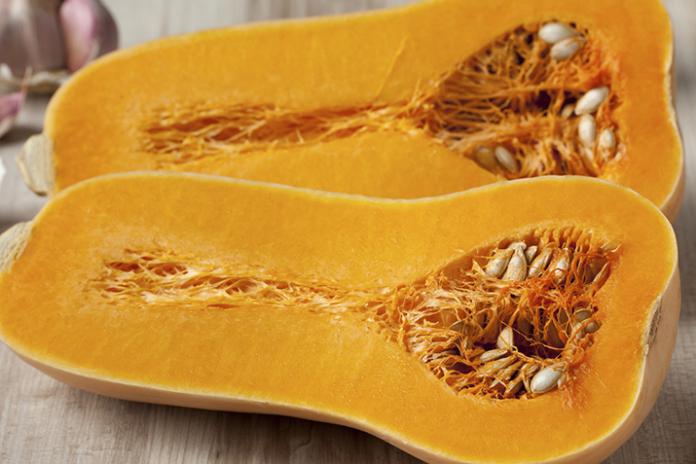
Butternut Squash is a sweet vegetable but can be used in place of celeriac. This vegetable is not easy to find because it depends on which country you are residing in. The nutty and sweet taste gives a different flavor to celeriac as well as it will make your dish look different. The texture of butternut squash is softer than potatoes that’s why it works pretty well with puree.
16. Sweet Potatoes:

Sweet potatoes are soft and sweet, complemented for stews, soups, and baked dishes. It does not take much longer time to cook. Sweet potatoes are not suitable for every recipe. If you are making a savory recipe and you want to use less sweet potato then you can add celery instead.
FAQ:
What does Celeriac taste like?
Celeriac is a root vegetable. It has a somewhat earthy taste and celery-like flavor. It tastes sweet when cooked.
Are Celery stalk and Celeriac same?
Celery Stalk and Celeriac are essentially the same plant, but you'll not find them on the same plant.
Now, you know the best Celeriac Substitute. You can choose according to what you have in the kitchen or you can also purchase from Amazon. Please! comment down below your questions, and let us know how much informative is this article for you.

